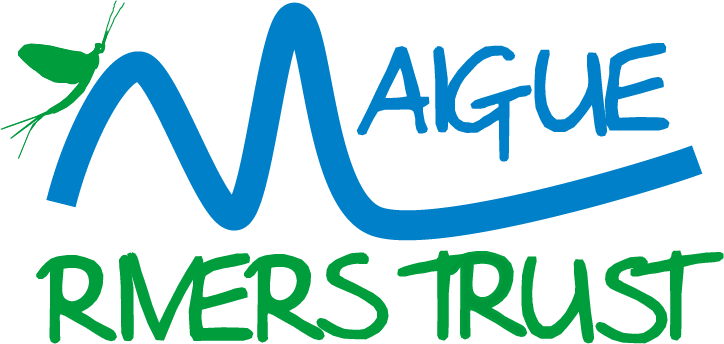Ragged Robin (Silene flos-cuculi)
This flower is found in damp grasslands, its petals have been modified into damp strips so that they cope with harsh weather..
This flower is found in damp grasslands, its petals have been modified into damp strips so that they cope with harsh weather..
This plant has either purple, pink or white coloured flowers, and blooms in April. Its preferred habitat is damps fields. The Orange Tip butterfly often lays a single egg on each plant and the caterpillar feeds on the..
This is a non-native plant that is extremely invasive along..
A non-native and invasive plant that spreads along..
Mayflies are found in rivers and lakes thoughout Ireland. The name is misleading: one species the very large and conspicuous Green Drake Mayfly (Ephemera danica) appears on lakes and rivers in May around the time that hawthorn is in bloom, but there are many other smaller species that can be seen thoughout the year. In the Maigue catchment rivers, the Large Dark Olive mayfly (Baetis rhodani) is the first to appear as an adult in February, followed by the Small Dark Olive, Iron Blue, Medium Olive, Green Drake, Yellow May Dun, Fisherman’s Curse and Blue-Winged Olive. Mayflies have a complex life cycle, which involves a larval stage that lives on the river or lake bed for one or more years, and a short-lived, winged, adult stage in which mating and egg-laying takes place. The adult flies are generally olive to yellowish in colour and have a pair of large wings and a pair of smaller..
Sedge flies (or caddis flies) are the adult stage of aquatic insects known as caddis larvae. There are many different species of caddis. Many of them build tubular cases of sand grains of vegetation in which they hide (cased caddis) , while others are “caseless” or..
These are large insects with four pairs of wings, with often with spectacular colours. The Banded Demoiselle damsel fly is common along river banks. The females are metallic green and the males metallic blue. Dragon flies are considerably larger than damsel flies and are mainly found near lakes and ponds. Both have an aquatic larval..
The otter is a carnivore and is an opportunistic feeder, its prey includes- eels, salmonids and crayfish. In spring, otters often eat a lot of frogs. Otters can be difficult to see, but you can tell if they are using an area as they mark their territory by leaving ‘highly scent ’spraints or droppings (marking their territory) and by their five toed foot prints. Otters spend most of their time on land on land but are seldom far from water. They can be found along the whole of the river even in the saltwater of the estuary. If an otter has been swimming in salt water they will have then find some freshwater to rinse off and clean their fur..
The mink is a carnivore that is closely related to the otter but it is an invasive species that was introduced to Ireland in the 1950’s as accidental escapees from fur farms. Minks can sometimes be confused with otters, but they are a much smaller animal. Mink can be found along the whole of the Maigue. Mink are a big threat to ground-nesting..
Grey seals and common seals can often be seen in the estuary of the R. Maigues and sometimes further..

Recent Comments